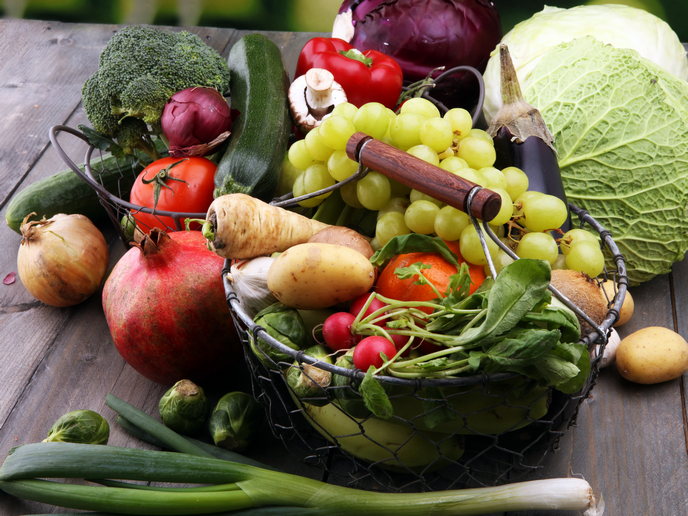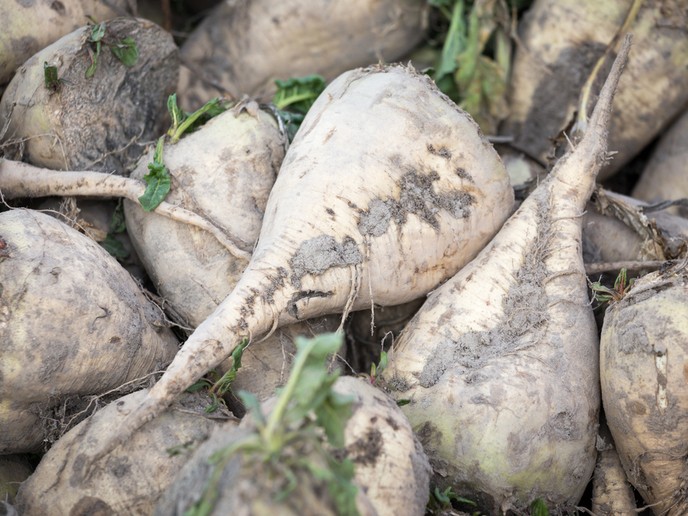Dispensing with sulphur dioxide in food
As part of the drive for better food quality and safety, the 'Replacement of sulphur dioxide (SO2) in food keeping the same quality and shelf-life of the products' (SO2SAY) project was established. Their goal was to develop new techniques to replace the use of SO2 and its salts in food. The gas is mainly used to prevent browning in foods, especially in fruits and vegetables, by inhibiting the enzyme polyphenol oxidase (PPO). In addition, SO2 acts as a powerful antimicrobial agent to prevent spoilage by microorganisms. Project partners focused on those foods most commonly treated with SO2 in order to select model products for study; these included dried apple rings, red wine, grape juice, fresh pieces of apple, and peeled and sliced potatoes. Three approaches were employed for developing new techniques that would dispense with SO2 use. They were the inactivation of PPO to prevent browning, the use of plant extracts possessing high anti-oxidative and antimicrobial abilities, and the development of processing and packaging under an oxygen-reduced atmosphere. Scientists studying the reduced oxygen contact approach investigated different combinations of cover gases, packaging materials and modified atmosphere processing on apples and potatoes that were cut up under oxygen-free conditions and packed in different materials. These plastic, metal and ceramic bags contained a mixture of cover gases, including nitrogen, argon and carbon dioxide. Furthermore, a wide variety of carbohydrates and proteins were studied in the search for edible coatings. The use of ultrasound to reduce enzyme activity was also investigated. Red wine and grape juice were ultra-filtered and membranes with different pore-sizes tested in order to remove PPO from the products. Different agents for reducing enzyme activity were tested for their ability to deactivate PPO by forming complexes with the enzyme's central copper ions. The crystal structure of mushroom-derived PPO was also revealed and PPO from potatoes was isolated and purified. As SO2 possesses reducing capacities, more than 50 plant extracts were screened for their reducing as well as antimicrobial activity. Plant extracts consist of a large number of different compounds, the most effective of which were tested using in vitro assays and in vivo trials on selected model foods and in red wine. In addition, the structure–function relationship of selected compounds was identified. The work of SO2SAY will lower the intake of sulphites for European consumers and thus contribute to improved safety of foods and beverages. In addition, the technological developments pioneered by the project can be easily transferred to other products. For example, the exclusion of oxygen from the working environment can be applied to the pharmaceutical industry to prevent oxidation of active ingredients. Therefore, SO2SAY is poised to make a significant contribution to the global competiveness of European industry.







